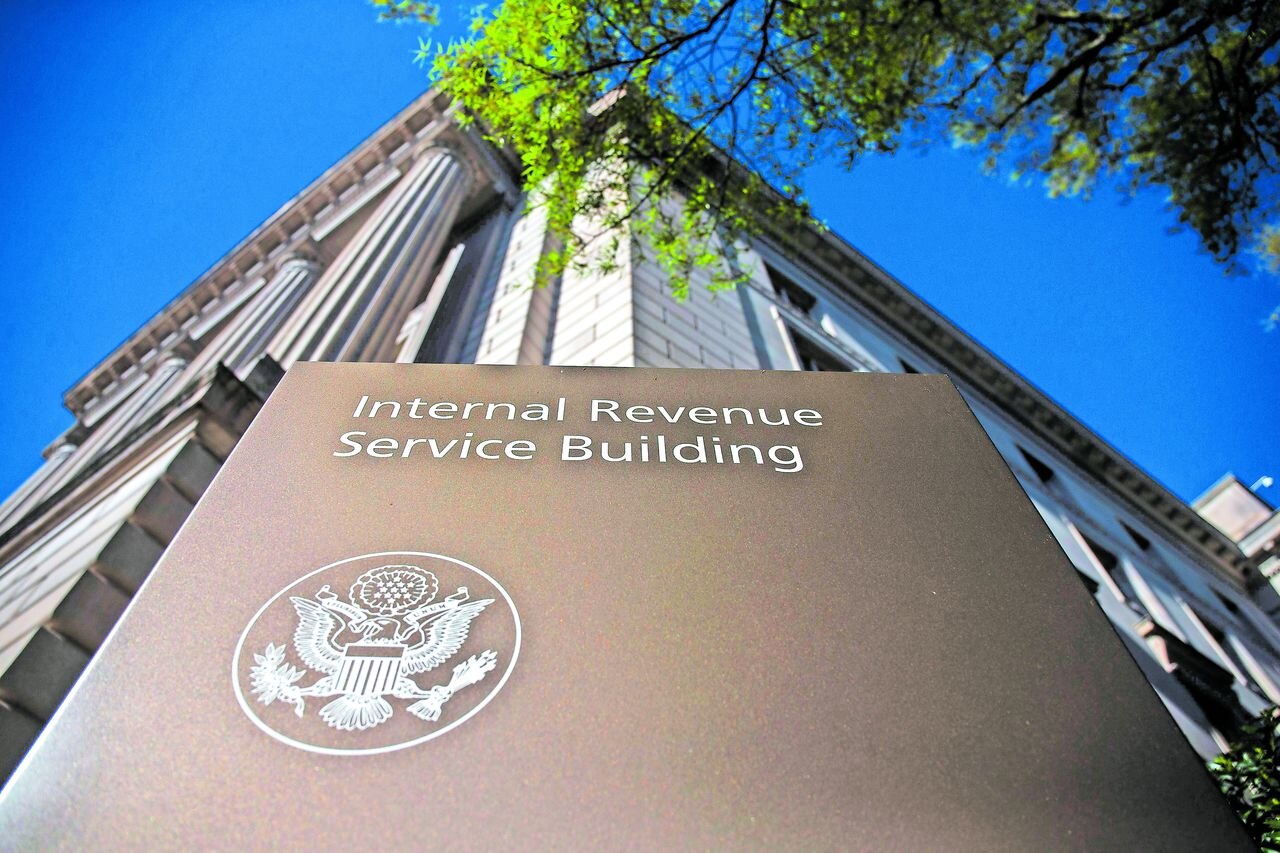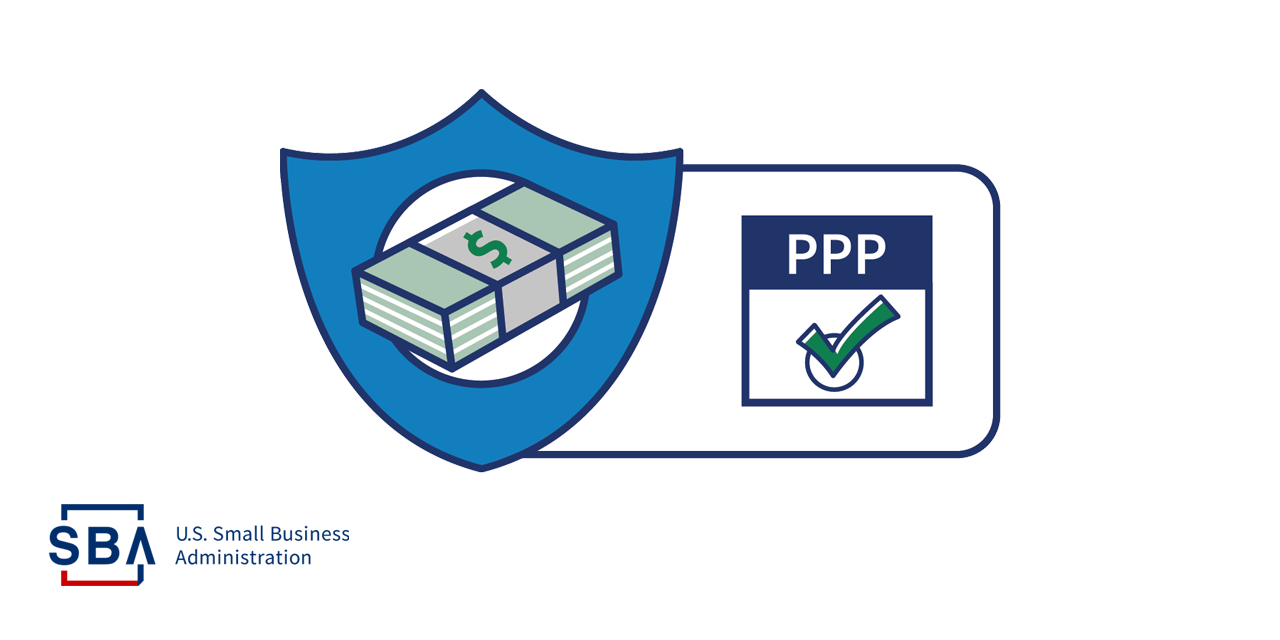IR-2021-16, January 15, 2021
WASHINGTON ― The Internal Revenue Service announced that the nation’s tax season will start on Friday, February 12, 2021, when the tax agency will begin accepting and processing 2020 tax year returns.
The February 12 start date for individual tax return filers allows the IRS time to do additional programming and testing of IRS systems following the December 27 tax law changes that provided a second round of Economic Impact Payments and other benefits.
This programming work is critical to ensuring IRS systems run smoothly. If filing season were opened without the correct programming in place, then there could be a delay in issuing refunds to taxpayers. These changes ensure that eligible people will receive any remaining stimulus money as a Recovery Rebate Credit when they file their 2020 tax return.
To speed refunds during the pandemic, the IRS urges taxpayers to file electronically with direct deposit as soon as they have the information they need. People can begin filing their tax returns immediately with tax software companies, including IRS Free File partners. These groups are starting to accept tax returns now, and the returns will be transmitted to the IRS starting February 12.
“Planning for the nation’s filing season process is a massive undertaking, and IRS teams have been working non-stop to prepare for this as well as delivering Economic Impact Payments in record time,” said IRS Commissioner Chuck Rettig. “Given the pandemic, this is one of the nation’s most important filing seasons ever. This start date will ensure that people get their needed tax refunds quickly while also making sure they receive any remaining stimulus payments they are eligible for as quickly as possible.”
Last year’s average tax refund was more than $2,500. More than 150 million tax returns are expected to be filed this year, with the vast majority before the Thursday, April 15 deadline.
Under the PATH Act, the IRS cannot issue a refund involving the Earned Income Tax Credit (EITC) or Additional Child Tax Credit (ACTC) before mid-February. The law provides this additional time to help the IRS stop fraudulent refunds and claims from being issued, including to identity thieves.
The IRS anticipates a first week of March refund for many EITC and ACTC taxpayers if they file electronically with direct deposit and there are no issues with their tax returns. This would be the same experience for taxpayers if the filing season opened in late January. Taxpayers will need to check Where’s My Refund for their personalized refund date.
Overall, the IRS anticipates nine out of 10 taxpayers will receive their refund within 21 days of when they file electronically with direct deposit if there are no issues with their tax return. The IRS urges taxpayers and tax professionals to file electronically. To avoid delays in processing, people should avoid filing paper returns wherever possible.
Tips for taxpayers to make filing easier
To speed refunds and help with their tax filing, the IRS urges people to follow these simple steps:
- File electronically and use direct deposit for the quickest refunds.
- Check IRS.gov for the latest tax information, including the latest on Economic Impact Payments. There is no need to call.
- For those who may be eligible for stimulus payments, they should carefully review the guidelines for the Recovery Rebate Credit. Most people received Economic Impact Payments automatically, and anyone who received the maximum amount does not need to include any information about their payments when they file. However, those who didn’t receive a payment or only received a partial payment may be eligible to claim the Recovery Rebate Credit when they file their 2020 tax return. Tax preparation software, including IRS Free File, will help taxpayers figure the amount.
- Remember, advance stimulus payments received separately are not taxable, and they do not reduce the taxpayer’s refund when they file in 2021.
Key filing season dates
There are several important dates taxpayers should keep in mind for this year’s filing season:
- January 15. IRS Free File opens. Taxpayers can begin filing returns through Free File partners; tax returns will be transmitted to the IRS starting Feb. 12. Tax software companies also are accepting tax filings in advance.
- January 29. Earned Income Tax Credit Awareness Day to raise awareness of valuable tax credits available to many people – including the option to use prior-year income to qualify.
- February 12. IRS begins 2021 tax season. Individual tax returns begin being accepted and processing begins.
- February 22. Projected date for the IRS.gov Where’s My Refund tool being updated for those claiming EITC and ACTC, also referred to as PATH Act returns.
- First week of March. Tax refunds begin reaching those claiming EITC and ACTC (PATH Act returns) for those who file electronically with direct deposit and there are no issues with their tax returns.
- April 15. Deadline for filing 2020 tax returns.
- October 15. Deadline to file for those requesting an extension on their 2020 tax returns
Filing season opening
The filing season open follows IRS work to update its programming and test its systems to factor in the second Economic Impact Payments and other tax law changes. These changes are complex and take time to help ensure proper processing of tax returns and refunds as well as coordination with tax software industry, resulting in the February 12 start date.
The IRS must ensure systems are prepared to properly process and check tax returns to verify the proper amount of EIP’s are credited on taxpayer accounts – and provide remaining funds to eligible taxpayers.
Although tax seasons frequently begin in late January, there have been five instances since 2007 when filing seasons did not start for some taxpayers until February due to tax law changes made just before the start of tax time.
Source: IRS Jan,15-21




